
Weird Dreams is a hypnotic cinematic platform game first published by Rainbird Software in 1989. Players guide tormented hero Steve through a nightmarish dreamscape where logic twists, gravity lies, and every step can become a riddle. Its lavish sprite art and eerie score recall the atmospheric pull of Another World and the precision challenge of Prince of Persia, yet its tone remains unmistakably surreal. Responsive controls, smooth scrolling, and inventive boss encounters make the game timelessly engaging. Whether you crave vintage difficulty or just want to play a strange game online, Weird Dreams still delivers an unforgettable trip.
Rainbird Software launched Weird Dreams at the close of the 1980s, an era when experimental ideas could flourish on DOS and Amiga without blockbuster budgets. Instead of borrowing fantasy tropes, designer James Hutchby spun a twisted fairy-tale about Steve, an ordinary man driven to emergency surgery after a carnival of living nightmares invades his mind. The game opens in an operating theater; every subsequent scene is literally happening inside Steve’s subconscious, granting the creators license for boundless weirdness. Cotton-candy plains hide razor-bladed sugar sticks, wide-eyed fish flutter above desert sands, and a giant wasp demands a duel on a stone chessboard. Backed by David Whittaker’s haunting chiptune soundtrack, the adventure feels like a fever dream painted in VGA. Through this off-kilter narrative, the player’s curiosity becomes the engine that pulls them forward, eager to uncover the next bizarre tableau.
Unlike straightforward platform games that spoon-feed instructions, Weird Dreams thrives on discovery. Each screen is a self-contained puzzle whose solution must be felt through observation, timing, and quick reflexes. A sentient rose bush attacks with thorny vines; you must dodge its lashes, then strike the exposed heart at the right instant. An oversized soccer ball becomes both platform and weapon against carnival clowns. Although the controls involve only directional movement and a single action key—swings differ depending on the item Steve holds—the game extracts deep complexity from that simplicity. Precise hit boxes mean every pixel of spacing matters, encouraging players to read enemy tells, anticipate momentum, and treat every new obstacle as a lesson. This difficulty curve can feel harsh, yet triumph offers unmatched satisfaction. Success hinges on pattern recognition and calm persistence rather than luck, giving the game an almost meditative cadence once its rhythms become familiar.
The lasting appeal of Weird Dreams is magnified by the ease with which fans can now enjoy it. Modern emulation lets you play the game online free of charge, right in a desktop or mobile browser, without downloads, installations, or regional barriers. Touch-friendly overlays on phones replicate the original joystick or keyboard, while a physical controller can be paired on tablets for tactile precision. Because the code base is tiny by contemporary standards, loading times vanish and performance remains silky even on low-power devices. Casual players can sample its oddity during a lunch break, whereas completionists can attempt no-death runs wherever they roam. This newfound accessibility ensures Steve’s hallucinatory quest continues to inspire generations new to DOS classics and veterans revisiting their childhood.
Few titles possess such a singular identity. Artists cite its juxtaposition of whimsy and menace as an influence on later dream-logic adventures, from the lurid backdrops of indie horror platformers to the unexpected combat arenas in modern roguelikes. Speedrunners appreciate its deterministic mechanics, which reward frame-perfect maneuvers and route planning. Meanwhile, scholars of interactive fiction reference its symbolic imagery and ambiguous storytelling as a bridge between arcade design and art-game philosophy. The very name “Weird Dreams” has become shorthand for games that embrace the subconscious, reminding designers that surprise and strangeness are as potent as photorealism.
Weird Dreams remains a showcase of imagination, craftsmanship, and uncompromised difficulty. Arrow keys—or a joystick’s cardinal directions—move Steve, while the action key triggers context-sensitive swings, leaps, or item uses. Jump arcs are fixed, so momentum management is vital; learn enemy patterns, respect hit boxes, and patience will reward you with surreal vistas few other games can match.
All code powering this experience is publicly available, and full ownership of Weird Dreams rightfully belongs to its original authors.
Share game
Share game
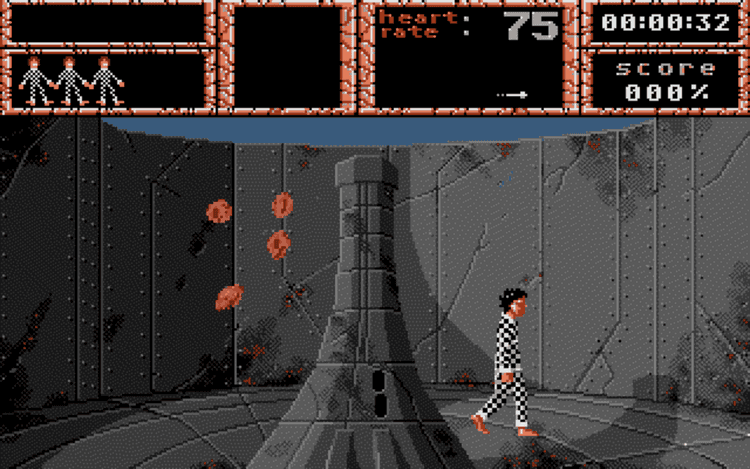
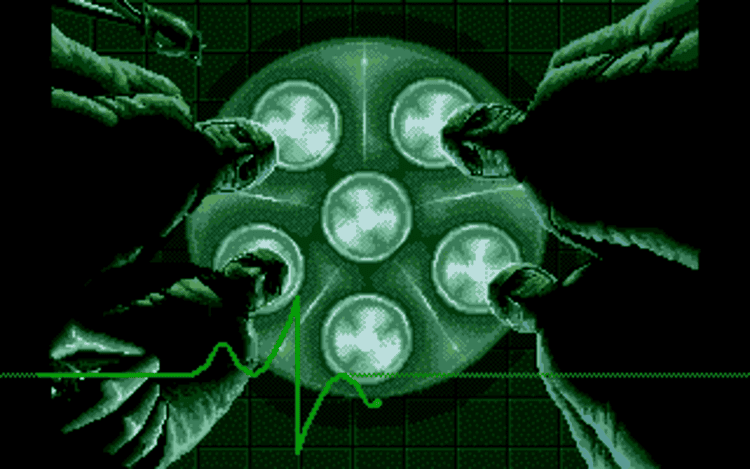
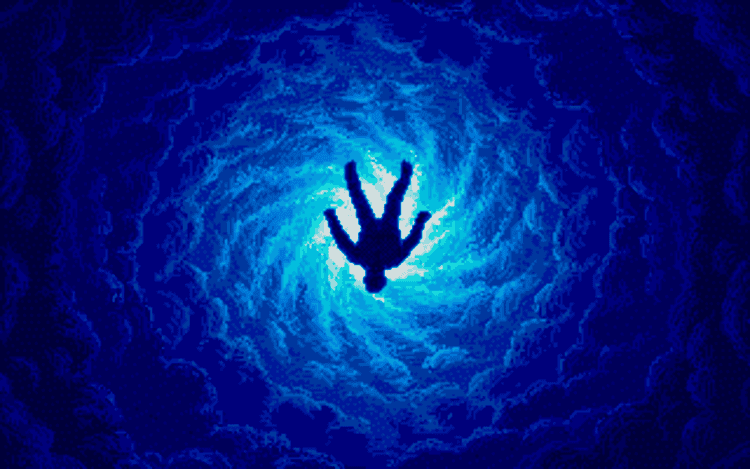
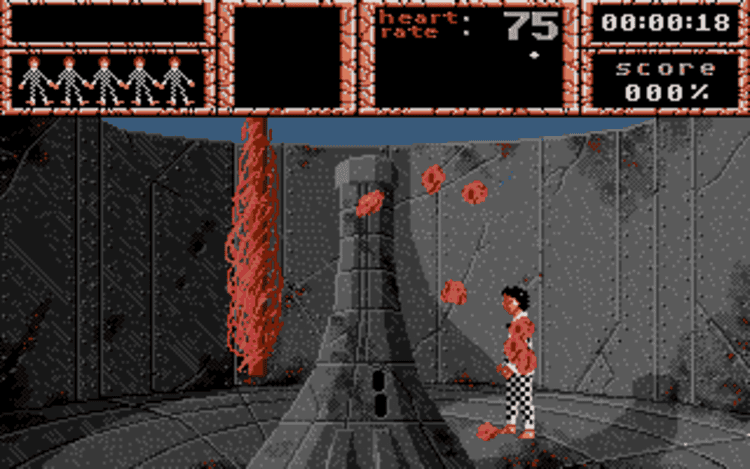
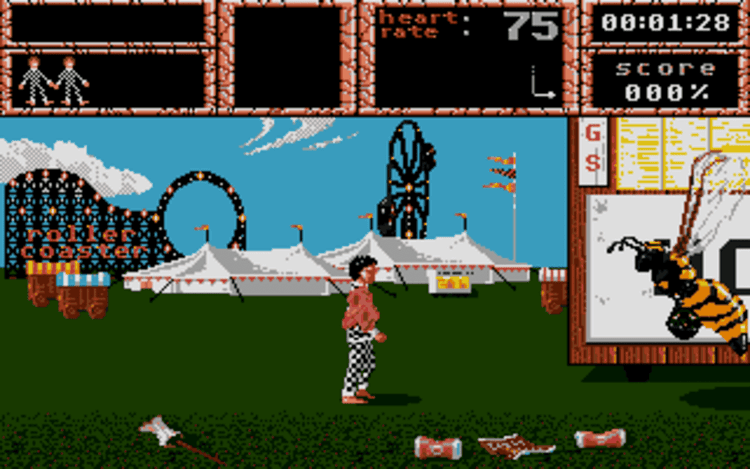
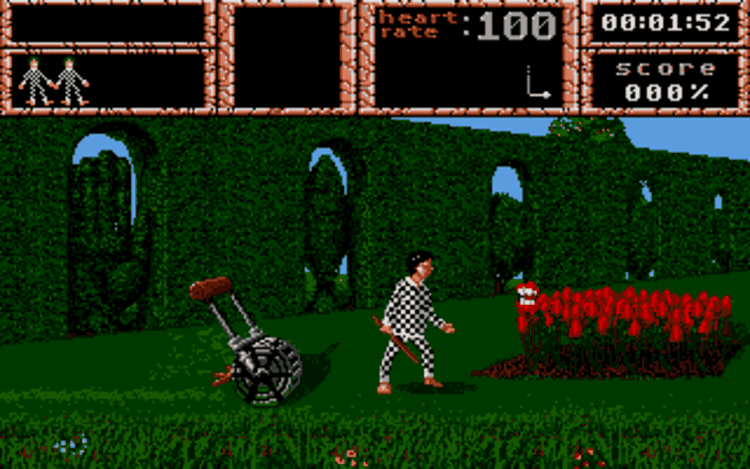
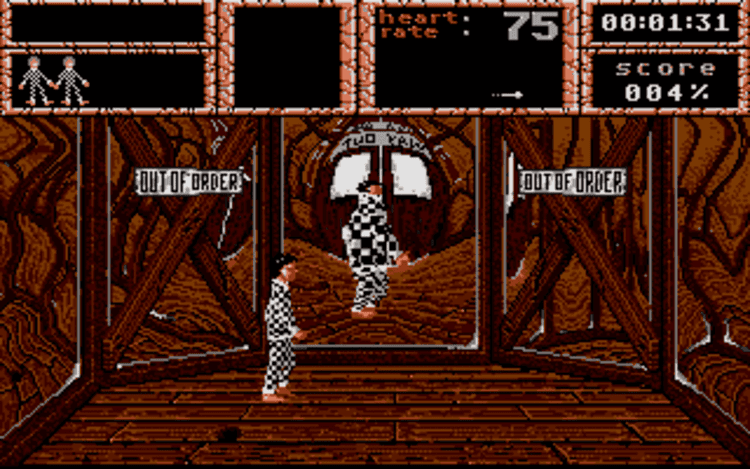
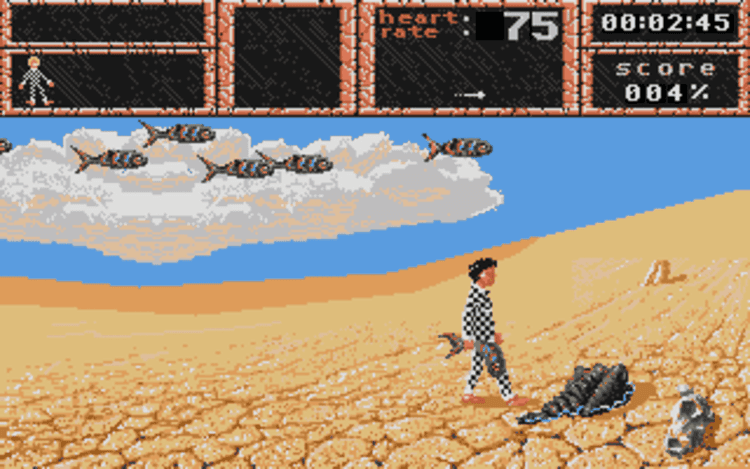
Share game